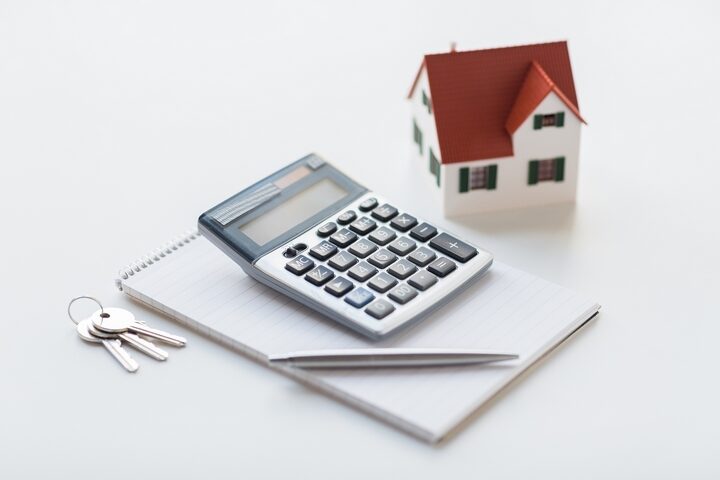In the unwelcome circumstance of splitting with a partner, we have to deal with the unpleasant job of sorting through assets, including the mortgage. There’s pretty much nothing worse than trying to divide such a major asset. After all, divorce and mortgage do not mix well together.
Each province sets its own laws concerning the division of marital property, but for the most part, anything acquired during the marriage that you still own at the time of the separation must be divided equally between the spouses. Under the law, both parties have an equal right to the matrimonial home, but the mortgage lender doesn’t care. They just want to collect their money. So, how can you handle your mortgage if you and your spouse split up?
Below are the best practices for managing divorce and mortgage with a calm, calculated approach:
1. Determine the Mortgage Value of the Home

Before you can decide what to do with your property, you first need to determine its value. Like most people, your home is probably your largest asset and most expensive debt, which can make it hard to know how to divide.
To determine your home’s value, you can ask for help from a realtor or home appraiser. A realtor can give you a preliminary market valuation, while an appraiser would provide yo with a more detailed analysis of your home and its worth.
Once you have the value, you will need to subtract the outstanding amount owned on the mortgage in order to figure out how much equity you have in the home.
Whoever is on the mortgage has a legal responsibility to remain fully responsible for paying the mortgage unless you choose to refinance or sell the property.
Here are some solutions on what to do with your mortgage in the event of a divorce.
2. Sell the House During the Divorce

This is the quickest and simplest solution, and it works the best if neither you nor your ex-spouse wants to keep the home. You can put it for sale on the market just like normal, and when it sells, you split the profit with your ex and you each find new housing.
If you’re both living in the house and the relationship is anything less than amicable, sometimes it’s impossible to wait to sell the house. If necessary, one spouse might have to move out of the home while it is on the market waiting to sell.
The main advantage of this option is that you start with a clean slate. The disadvantages of selling your home is that it is expensive. With lawyer fees, land transfer taxes, and commissions, you’re going to spend tens of thousands of dollars completing the sale.
3. Sort it Out Between the Lawyers

The divorce papers aren’t actually the most important thing about a separation and divorce; the most essential document is the separation agreement. This is because the separation agreement sets out all of the agreed-upon terms of the separation, including what to do with the house, other belongings, and anything like child support, alimony, and the like.
Within the separation agreement, if you decide not to sell the home, you will include who will stay in the home, who will pay for the mortgage and other home-related costs, and other related details. Be very careful, though, that you have a lawyer look over the agreement before you sign, to make sure you aren’t giving up any of your rights, and that your interests will be protected.
4. Request a Change to the Mortgage

If you can’t sell the home, or one of you wants to remain in the home, you and your ex can request a change to the mortgage, removing one of your names. This can be done if the person being removed isn’t owed any money.
If one person has yet to receive a payout, then the person staying on the mortgage could refinance the mortgage, adding in the amount needed to pay the other spouse. This only works if the person keeping the house has enough income to qualify.
5. Keep the House With Both Spouses on the Mortgage

This is always possible to do, but as you might think, is usually done as a last resort. If you cannot come to an agreement otherwise, and can’t sell or refinance, then you can keep the home with both of your name on the mortgage. One person moves out, the other stays, and the mortgage gets paid as usual. The disadvantage to this is that the full mortgage has to be declared by both parties on any credit applications or future loan applications.
Separation and divorce can be a hugely emotional and tragic time in your life, but that doesn’t mean you shouldn’t act to protect yourself. Do everything you can to maintain your credit score. Don’t miss any mortgage payments while you straighten out your assets.




